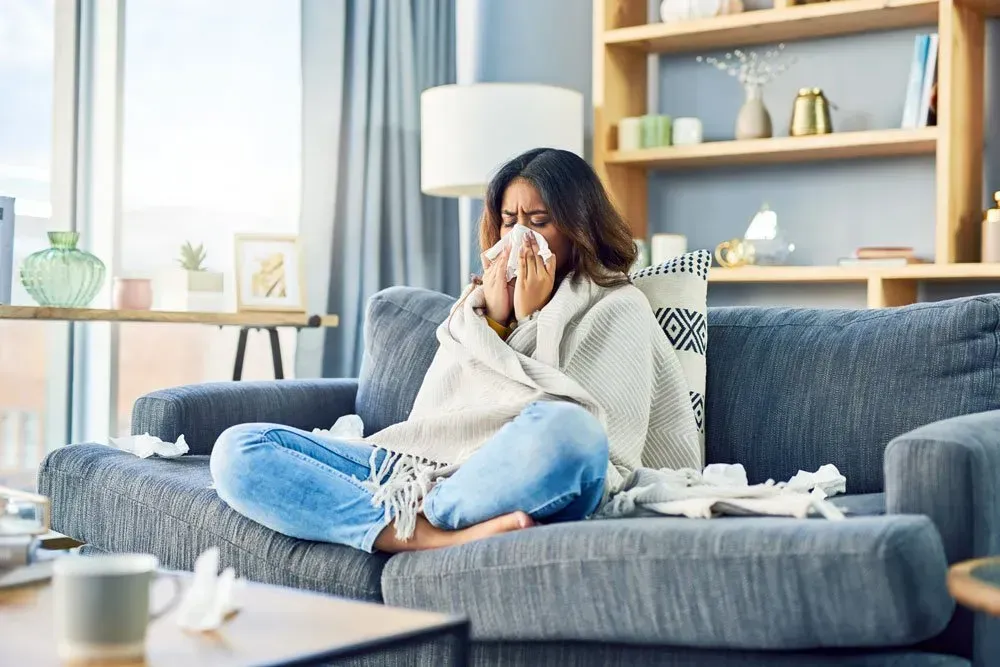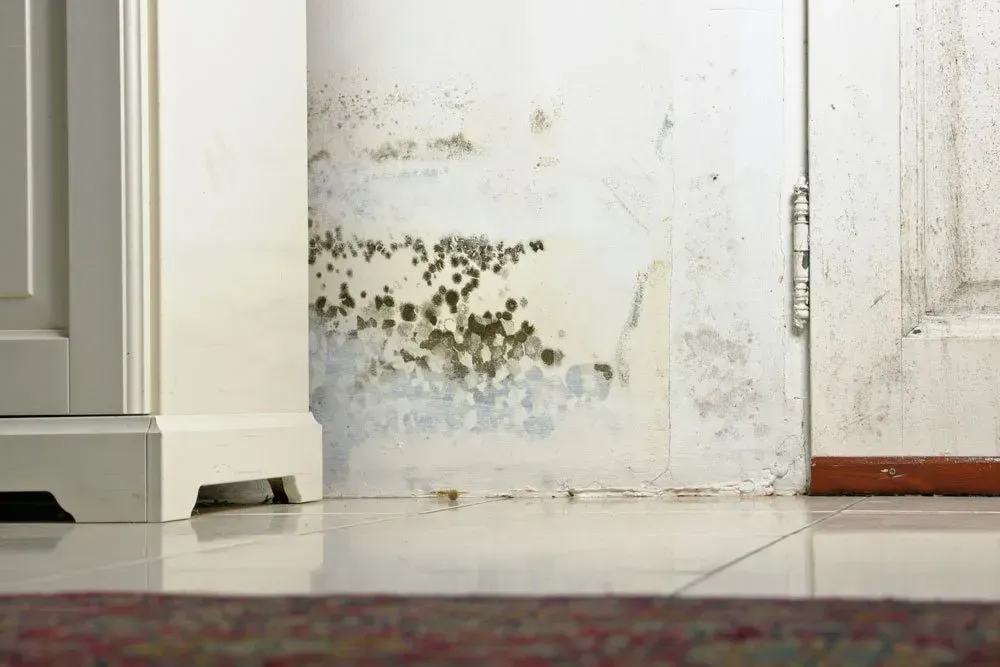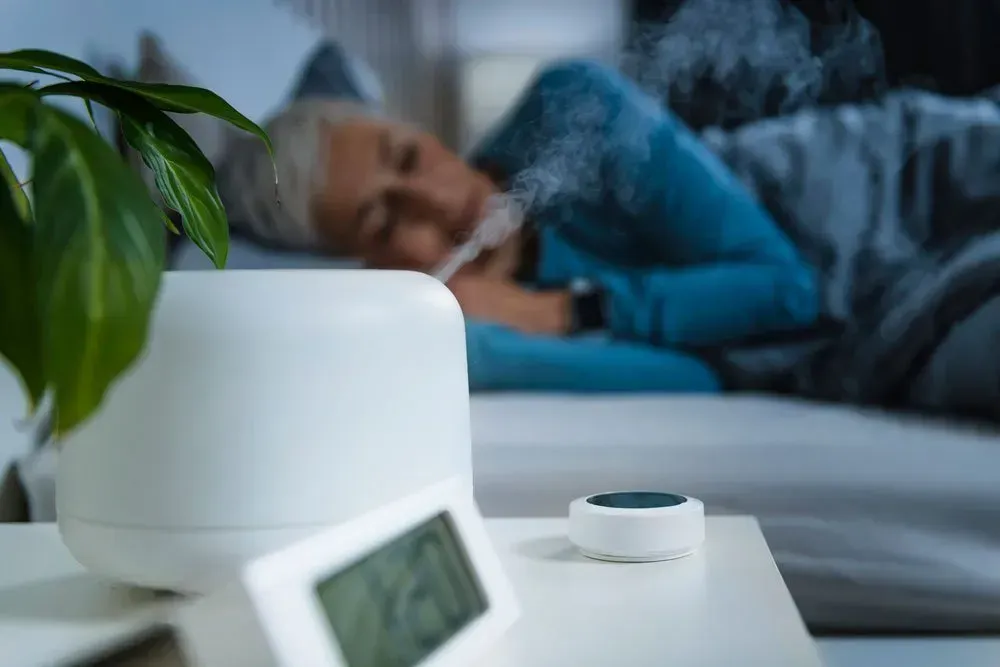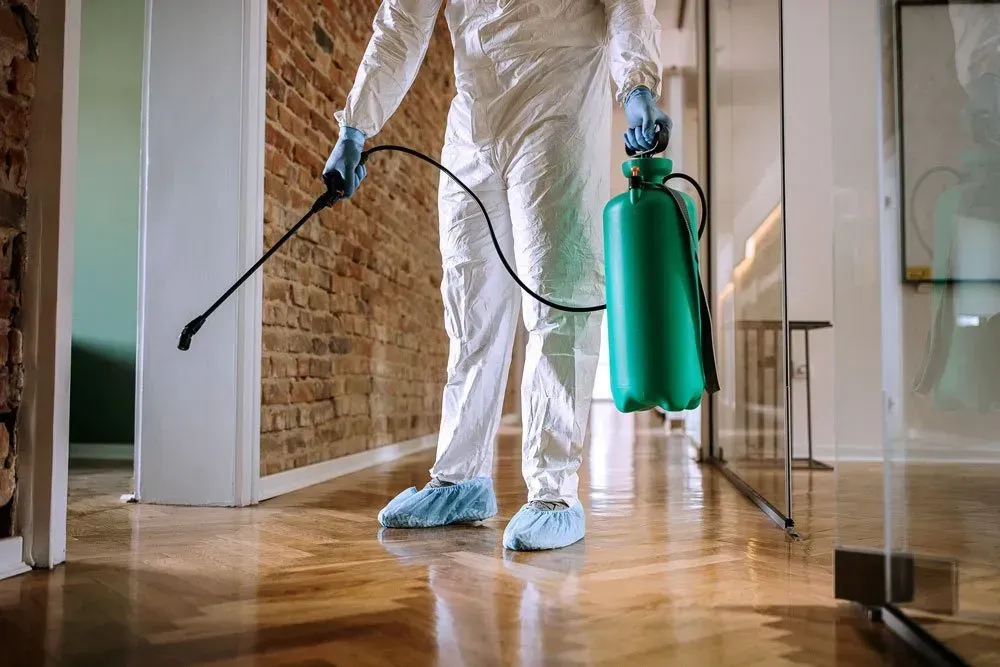Improve The Air Quality In Your Home Or Business Today
We serve the Glendale, Scottsdale, Phoenix and Mesa AZ areas
As a Military Veteran and Germ-fighter for over 15 years, our certified team understands the importance of competing and winning battles. We are determined to help homeowners and business owners fight against MRSA, flu, pesky odors, dust, germs, allergens, and other viruses. Our team at Green Technology Specialists pays close attention to ways in which we can promote a safer, better, and more proactive way to protect your indoor air and surface zones. Our 100% green solutions will effectively help you prevent issues in the future—Call (480) 328-7828 to schedule a free home evaluation in the Glendale, Scottsdale, Phoenix and Mesa AZ areas
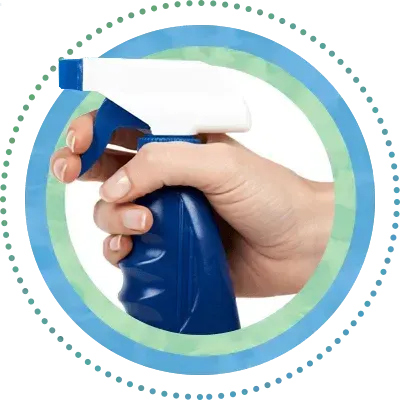
Green Solutions That
Effectively Clean Your Property
Our products and solutions are entirely green and eco-friendly, thus helping the environment and creating a clean breathing space for your property. We are determined to help our customers find a solution that fits their needs and budget! Our services include the following:

We Use Top-Notch Technology -No Need For Sprays, Wipes, or Chemicals!
Green Technology Specialists has provided quality, proven air cleaning technology as a partner with Green Tech Environmental, which is a top Environmental Technology manufacturer that, for decades that, has provided compact state of the art environmental treatment systems for commercial, industrial, and residential applications. Allow us to present our technology to you and show how it can make a difference, provide quality protection and change your indoor air environment for the better!




